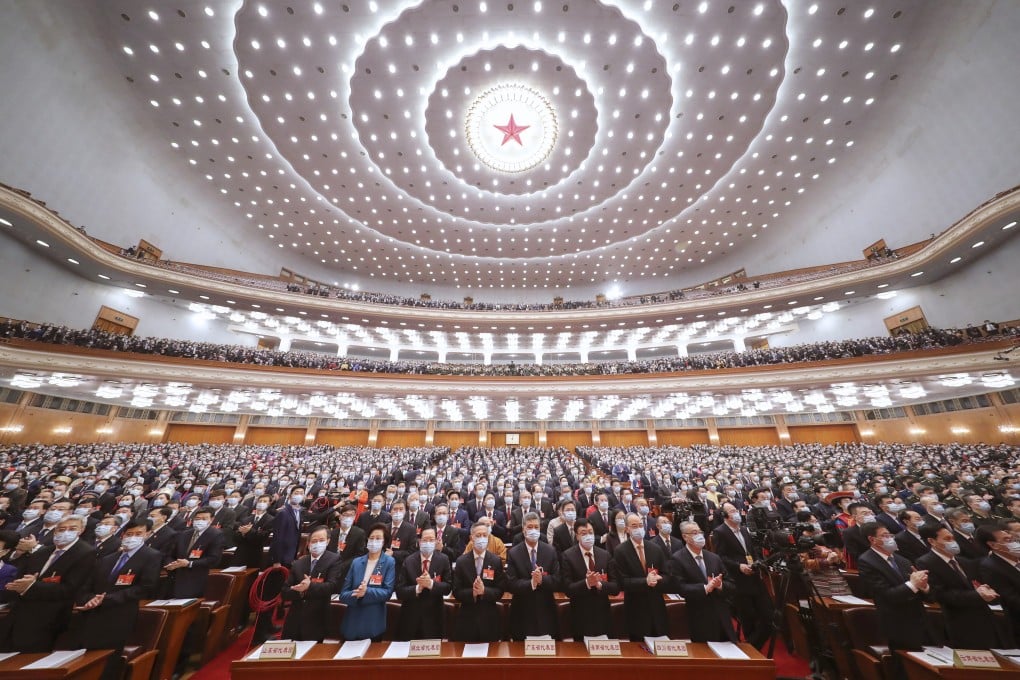Explainer | Party-state relations under China’s Communist Party: separation of powers, control over government and reforms
- Since the founding of the People’s Republic of China in 1949, the Communist Party has closely overseen every aspect of life in the country
- There were signs of change in the 1980s when Deng Xiaoping started rebuilding after the Cultural Revolution but liberal moves have since been reversed

This is the fourth in the South China Morning Post’s series of explainers about China’s Communist Party, in the lead-up to the party’s 100th anniversary in July. In this piece, Josephine Ma explains how China’s Communist Party is deeply entwined with all aspects of the government.
“Government, the military, society and schools, north, south, east and west – the party leads them all.”
This was a line written into the Communist Party of China’s charter in 2017, reflecting President Xi Jinping’s philosophy that the party should lead in all spheres: not just in politics, but also in the economy and social life.
The concept sits in stark contrast to the US Constitution and that of many other countries where the separation of powers is a fundamental principle.
Since the founding of the People’s Republic of China in 1949, the party has closely overseen every aspect of life in the country. In the 1980s, then-paramount leader Deng Xiaoping led institutional reforms for “the separation of the party and the state”, but in more recent years Xi has instead pushed for the opposite, “integration of the party and the state”.
How is the party entrenched in the government?
The party’s control over the government has broadly taken three forms: